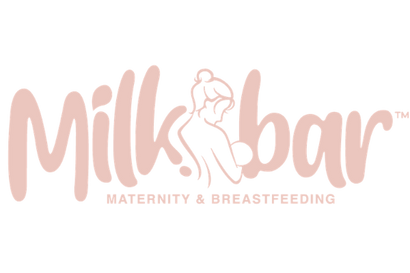Your Cart is Empty
Handy being able to easily get a different size when getting the wrong one, fast delivery and great products
Before using this pump, I dreaded pumping as I thought that my milk supply was dwindling as my hand-me-down pump was expressing hardly any milk. But the way that this pump mimics the sucking motion of baby's mouth, I can express double what I could before in a third less time. Plus, this pump is so easy to put together and use. I am so happy that I bought it.
I've never used a pump before but I find this one super easy to use. It's very comfortable, quiet and easy to operate. Definitely recommend!
Had a pair from my last pregnancy and knew I needed more this time!
They’re great I wear them everyday!






